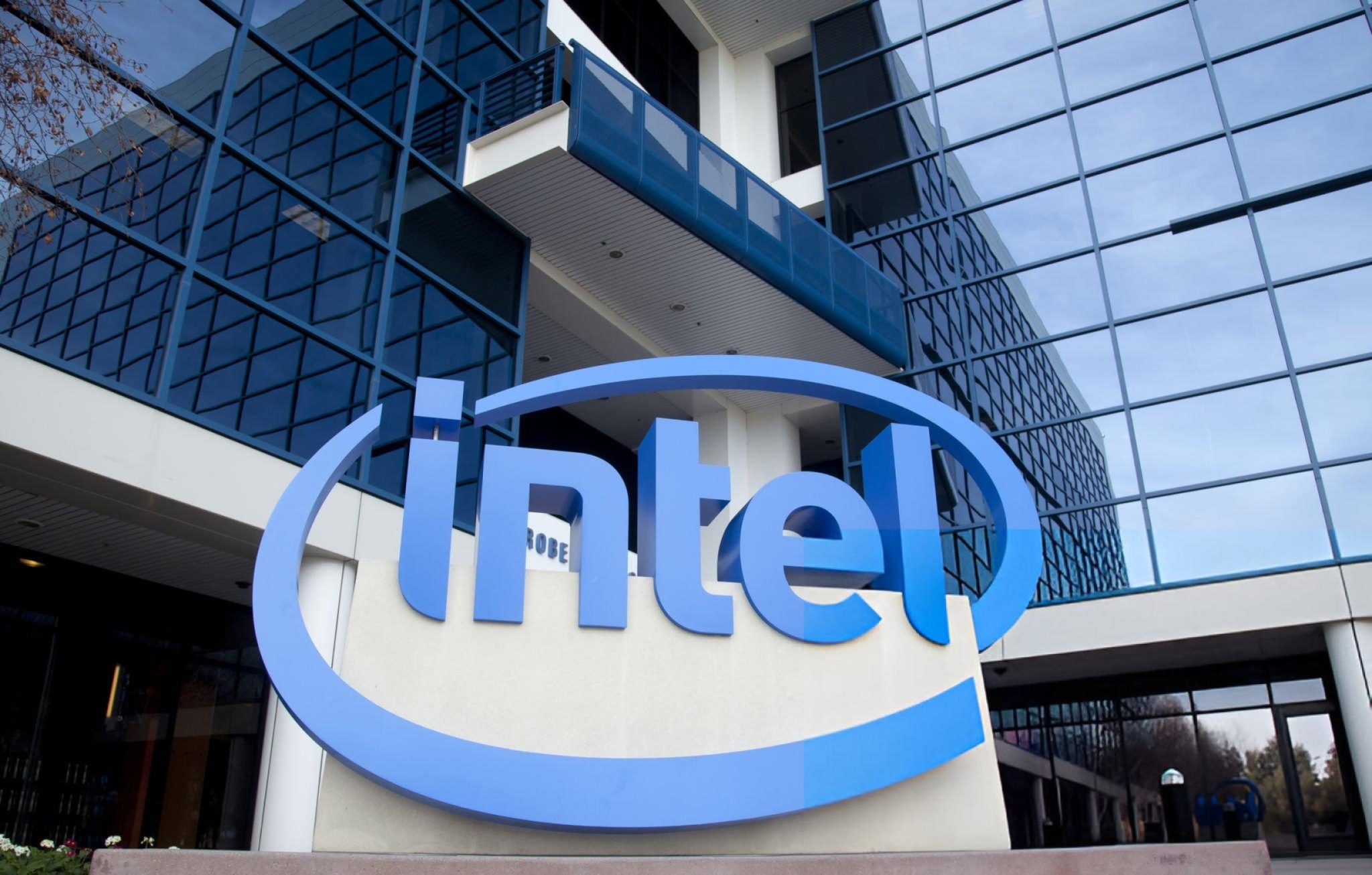Intel Corporation has secured nearly $7.9 billion in federal grants, marking the largest direct subsidy from a programme aimed at boosting semiconductor manufacturing in the United States. This agreement, finalised by the Biden administration, is a significant step towards revitalising domestic chip production, although it falls short of the original proposed award. The funds will be allocated to Intel as it meets specific benchmarks across projects in four U.S. states, with the company set to receive at least $1 billion this year based on milestones already achieved.
Intel’s award is a critical component of the Biden administration’s efforts to revitalise America’s semiconductor industry, which has long been seen as essential to national security and technological advancement. The grants will support projects in Arizona, Oregon, and New Mexico, with the company’s new facility in Ohio, which has faced multiple delays, not yet eligible for any federal funding despite already receiving $2 billion from the state of Ohio.
The deal is particularly important for Intel, which has been grappling with significant financial struggles and technological setbacks in recent years. Over the past several months, Intel has worked hard to convince both Wall Street and Washington that it can execute on its massive manufacturing expansion plans, despite these ongoing challenges. Securing this funding represents a critical vote of confidence for the company, especially as it aims to strengthen its position in the semiconductor industry.
Commerce Secretary Gina Raimondo, whose department is responsible for implementing the 2022 Chips and Science Act, celebrated the agreement, noting that the funding would ensure the production of “American-designed chips being manufactured and packaged by American workers, in the United States, by an American company.” The Chips and Science Act is a landmark piece of legislation that set aside $39 billion in grants, $75 billion in loans, and 25% tax credits to bolster U.S. chipmaking capabilities. Raimondo hailed the act as a necessary step in ensuring that the U.S. remains competitive in the global semiconductor market, especially as other nations ramp up their own manufacturing capabilities.
While the Biden administration has championed the Chips Act as a key component of its industrial policy, there are concerns about the future of the programme under a potential change in leadership. Former President Donald Trump has criticised the initiative, calling it “so bad,” and many of his Republican colleagues have suggested they may seek to revise or even repeal the legislation. This has led to a sense of urgency within the Biden administration to finalise key deals with companies like Intel and Taiwan Semiconductor Manufacturing Co. before any shifts in policy take place after the 2024 election.
Intel’s manufacturing projects, which are expected to cost the company over $100 billion, are viewed as critical to the U.S.’s goal of reclaiming 20% of the global market share for advanced logic chips. The company’s plants are also expected to play a key role in producing semiconductors for military applications, further emphasising the national security implications of the project.
However, Intel’s financial difficulties have raised questions about its ability to deliver on these ambitious plans. In August, the company posted a disappointing financial report, which led to investor concerns regarding CEO Pat Gelsinger’s turnaround strategy. Negotiations over the federal grants had stalled earlier this year due to disagreements over how much information Intel should disclose about its technology roadmap and concerns about the potential impact of future corporate changes, such as a possible spin-off or acquisition of its manufacturing business.
Despite these challenges, the company’s grants have been reduced but are still substantial. Intel was originally in line to receive $8.5 billion in Chips Act grants, alongside $11 billion in loans. However, Intel ultimately opted not to accept any loans, and the grant amount was adjusted. This change reflects a reallocation of funds to support a separate $3 billion programme to manufacture advanced chips for military use, a project that had originally been funded by the Pentagon but was later shifted to the Commerce Department.
Intel’s delays in construction have also impacted the timeline for receiving full government support. The company’s Ohio plant, which was initially slated for completion by 2026, is now expected to finish its first factory by the end of the decade, with the second factory not expected to open until after 2030. The funding for Ohio’s facilities will only support the first plant, while the Arizona site, which was scheduled to start production by the end of 2023, will now begin operations in 2025. However, the company has already completed construction on an advanced packaging facility in New Mexico and made significant investments in research and development in Oregon.
As Intel continues to navigate these challenges, the federal support it has secured underscores the significance of its role in the future of U.S. semiconductor manufacturing and the broader global chip industry.







